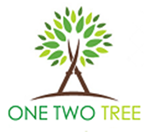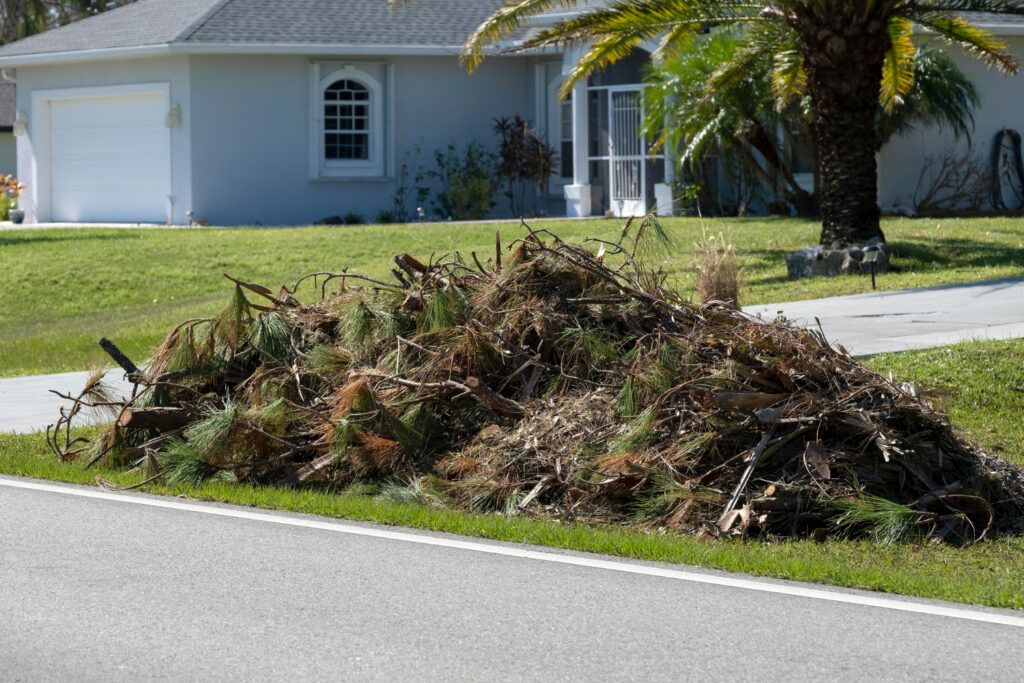Keeping your yard clean and safe is important for your outdoor space’s appearance and health. Accumulated debris can create a messy look, provide a hiding place for pests, and even pose safety hazards for people moving around the yard. Removing debris regularly ensures that your yard remains a pleasant and functional area for everyone to enjoy.
Debris can come in many forms, from fallen leaves and branches to grass clippings and old mulch. Understanding how to classify and efficiently remove different types helps make the process smoother and more effective. Having the right tools and knowing the best techniques to handle yard cleanup tasks is crucial.
Let’s explore various types of yard debris, the essential tools needed for debris removal, a step-by-step process for efficient cleanup, and important safety tips to keep in mind. By following these tips, you can maintain a clean and safe yard year-round without spending a lot of time or effort. Whether you’re preparing for a new landscaping project or just doing routine maintenance, this guide will help you keep your yard in top shape.
Types of Yard Debris and How to Classify Them
Yard debris can vary greatly, and classifying it can help make the removal process easier and more efficient. Here’s a simple way to categorize the most common types of yard debris:
1. Organic Debris: This includes leaves, grass clippings, weeds, and small branches. Organic debris is often abundant during fall or after mowing the lawn. It can be composted or used as mulch to enrich your soil.
2. Large Organic Debris: This category includes tree limbs, large branches, and fallen trees, often resulting from storms or heavy winds. Large organic debris may need cutting into smaller pieces for easier handling and removal.
3. Construction Debris: This includes leftover materials like bricks, stones, and wood scraps from home improvement projects. This type of debris is more challenging to dispose of because it can’t be composted and requires proper disposal methods.
4. Miscellaneous Debris: Items such as broken garden tools, flower pots, and other outdoor items fall into this category. While these items aren’t typically considered yard waste, they can clutter your yard and need to be disposed of properly.
By understanding these different types, you can better plan your debris removal strategy, ensuring you use the right methods for each kind.
Essential Tools and Equipment for Debris Removal
Having the proper tools and equipment can make debris removal much more manageable and efficient. Here’s a list of essential tools you should have on hand:
1. Rake and Leaf Blower: A sturdy rake is indispensable for gathering leaves, grass clippings, and small twigs. A leaf blower can also save time and effort, making it easier to collect debris into a pile for removal.
2. Pruning Shears and Loppers: These are crucial for cutting smaller branches and managing larger organic debris. Pruning shears are useful for smaller jobs, while loppers can handle thicker branches.
3. Chainsaw: When dealing with large branches or fallen trees, a chainsaw is invaluable. Ensure you are familiar with its operation and safety features before use.
4. Wheelbarrow and Yard Waste Bags: A wheelbarrow is excellent for transporting heavy or bulky debris, reducing the need for multiple trips. Yard waste bags are perfect for collecting leaves, grass, and smaller debris. Make sure they are sturdy and biodegradable if possible.
5. Gloves and Safety Gear: Protect your hands from sharp objects and rough materials with a good pair of gloves. Safety goggles and ear protection are essential when using noisy or potentially dangerous equipment like chainsaws or leaf blowers.
6. Trash Grabber Tool: This tool helps pick up small pieces of debris without bending over, making the cleanup process more comfortable and quicker.
Being properly equipped not only makes the task easier but also ensures safety and efficiency. With these tools, you can handle almost any debris removal task that comes your way.
Step-by-Step Guide to Efficient Debris Removal
Removing debris from your yard can feel like a big task, but breaking it down into steps can make it more manageable. Follow these steps to ensure efficient debris removal:
1. Assess the Area: Before starting, walk around your yard and take note of the types and amounts of debris. This helps you plan your tools and time needed for the task.
2. Sort and Classify: Separate the debris into piles based on the types we classified earlier—organic debris, large organic debris, construction debris, and miscellaneous debris. This makes disposal easier and more organized.
3. Gather Tools: Ensure you have all necessary tools on hand, including rakes, leaf blowers, pruning shears, chainsaws, wheelbarrows, and yard waste bags. Having everything ready will save time and interruptions.
4. Start with Large Items: Begin by removing the largest pieces of debris first, such as fallen branches or tree limbs. This clears up space and makes it easier to collect smaller debris later.
5. Rake and Blow Leaves: Use a rake or leaf blower to gather leaves, grass clippings, and smaller twigs into piles. This step helps tidy up your yard quickly and prepares it for further cleaning.
6. Bag and Transport: Place the gathered debris into yard waste bags or a wheelbarrow. Transport it to the designated disposal area or compost bin, ensuring the piles remain manageable and organized.
7. Final Sweep: Do a final walk-through of your yard to pick up any remaining small pieces of debris or overlooked areas. This ensures your yard is completely clean.
Following these steps helps streamline the debris removal process, making it quicker and less overwhelming.
Safety Tips for Debris Removal and Disposal
Safety is paramount when removing debris from your yard. Here are essential safety tips to keep in mind:
1. Wear Protective Gear: Always wear gloves, safety goggles, and sturdy footwear to protect yourself from sharp objects, dirt, and potential hazards.
2. Use Tools Carefully: Ensure you know how to operate tools like chainsaws and leaf blowers correctly. Read the manuals and follow all safety instructions.
3. Check for Hazards: Before starting, check the area for hidden hazards like snakes, sharp rocks, or glass. Identifying these in advance prevents accidents.
4. Lift Properly: When lifting heavy debris, bend your knees and keep your back straight to avoid injury. Use a wheelbarrow for transporting heavy loads instead of carrying them by hand.
5. Be Aware of Weather Conditions: Avoid debris removal during extreme weather conditions. Wet and slippery surfaces or high winds can make the task more dangerous.
6. Stay Hydrated: Drink plenty of water, especially if you’re working on a hot day. Take regular breaks to avoid fatigue and heat exhaustion.
7. Dispose Properly: Follow local regulations for disposing of yard waste. Some areas may have specific guidelines for recycling, composting, or disposing of different types of debris.
By following these safety tips, you can ensure that debris removal is both efficient and safe.
Transform Your Yard: Easy Debris Removal Hacks
Maintaining a clean and safe yard is important for both aesthetics and functionality. Regular debris removal helps keep your yard looking great and prevents potential safety hazards and promotes a healthy environment for plants and wildlife. By understanding the types of debris, using the right tools, following a step-by-step process, and keeping safety in mind, you can make debris removal a simple and even enjoyable task.
If you need professional help with debris removal in Atlanta or other yard maintenance tasks, contact One Two Tree. Our team of experts is ready to assist you, ensuring your yard is clean, safe, and beautiful year-round. Don’t let debris take over your yard—reach out to One Two Tree today for all your yard care needs!

